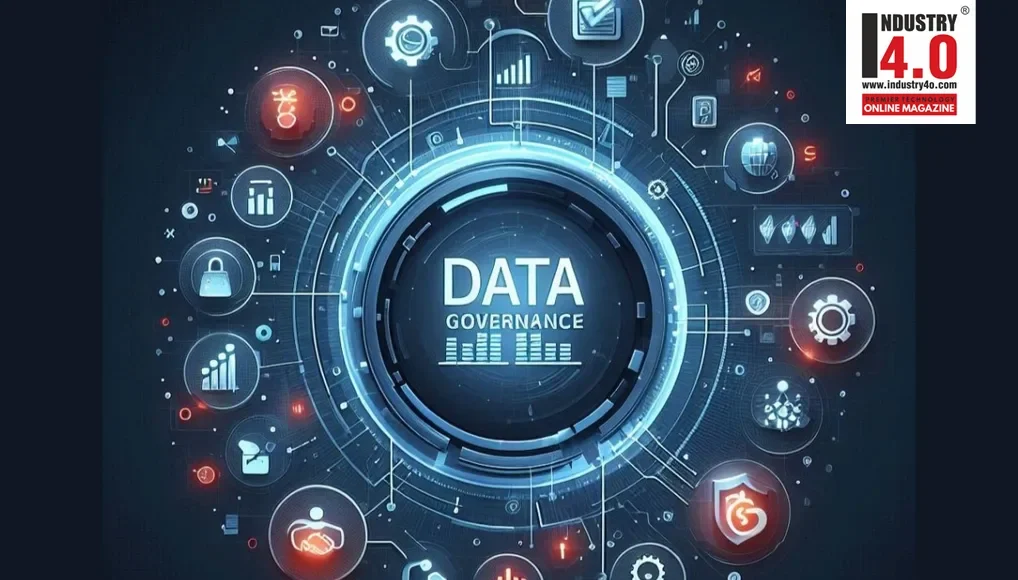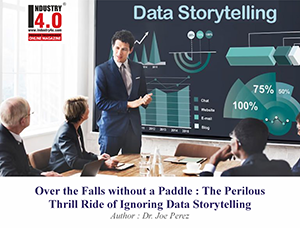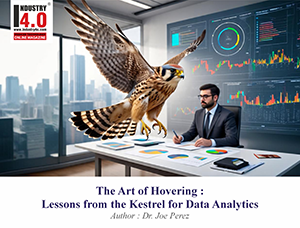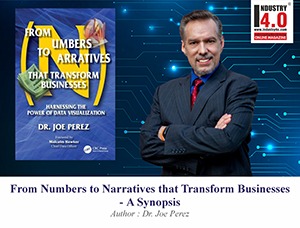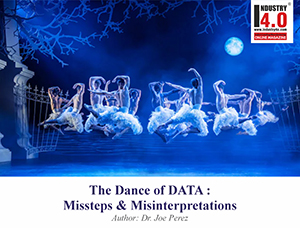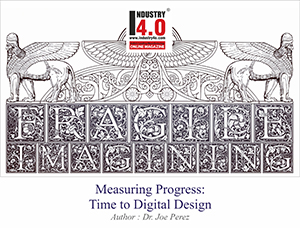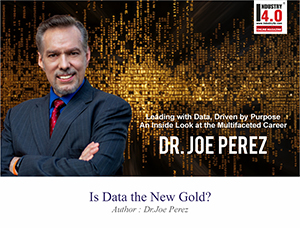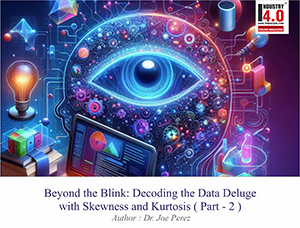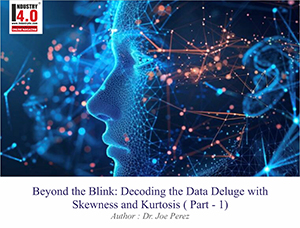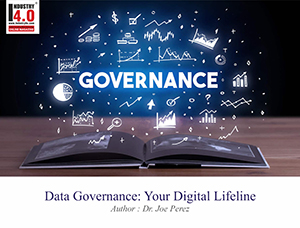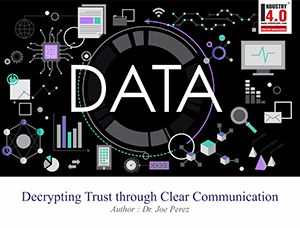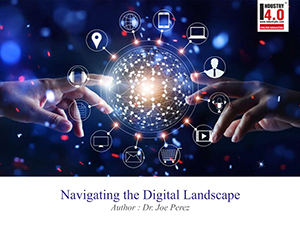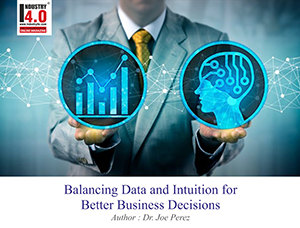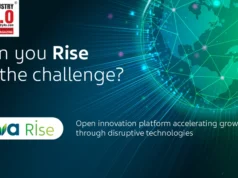The Absurdity of Reinventing the Wheel: A Lesson in Data Governance
It’s not every day that someone patents the wheel. Yet, in 2001, an Australian man named John Keogh did exactly that. Or at least, that’s how the story is usually told. With a creative name for the invention, he submitted an application for what he called a “circular transportation facilitation device.” The technical description? A rim. A hollow cylinder. A set of connectors to hold it all together. Oh, and a rubber layer with an inflatable tube, because… why not?
 This was not a bid for a spot in the Inventors’ Hall of Fame. Keogh, a freelance patent lawyer, was making a point; one aimed squarely at Australia’s freshly introduced innovation patent system. Designed to be a shortcut for small businesses, the system was, in his view, too permissive. Too easy. A playground for anyone looking to take advantage of the rules.
This was not a bid for a spot in the Inventors’ Hall of Fame. Keogh, a freelance patent lawyer, was making a point; one aimed squarely at Australia’s freshly introduced innovation patent system. Designed to be a shortcut for small businesses, the system was, in his view, too permissive. Too easy. A playground for anyone looking to take advantage of the rules.
The whole episode earned Keogh and the Australian Patent Office an IG Nobel Prize in Technology, the kind of award that’s equal parts comedy and critique. His patent didn’t last, of course, but the phrase “reinventing the wheel” found another story to attach itself to; one that applies just as neatly to data governance as it does to intellectual property.
From Wheels to Data: A Familiar Mistake
The wheel is a solved problem. So also, in most cases, is the core framework for managing data. Yet many organizations keep starting from scratch, designing entirely new governance systems while perfectly functional, field-tested models already exist. In spite of what they see right in front of them, they still try to, well, “reinvent the wheel.”
Why? Partly, it’s the illusion of innovation. Building something brand new feels exciting, even when it’s unnecessary. But the result is often quite a bit of trial, even more error, and not much to show for either one.
Effective data governance doesn’t necessarily need a blank slate every day. It requires taking what already works, adapting it for your particular environment, and then putting it into practice with precision. That’s where the following three pillars come in: clarity, consistency, and collaboration.
Clarity
Policies that no one can understand aren’t worth much. While this sounds like an obvious statement, many organizations keep their data governance policies buried in obscure documents that few people even bother to read. What’s even worse is that those policies are often written to satisfy auditors rather than to help the people who actually work with the data.
Without clarity, people start guessing. They make their own interpretations. And before long, you’ve got half a dozen “versions” of what the policy supposedly says circulating around. That’s how inconsistent data handling creeps in, how errors multiply, and how compliance gaps open up without anyone noticing.
The fix is straightforward: Use plain language. Not oversimplified, but clear. Make it obvious where the rules live; that is, ideally in one central location that’s easy to access. Keep it up to date, because old instructions that no longer match reality are just as dangerous as having no instructions at all.
And don’t just post the policy and leave it there. Reinforce it. Make it a point to explain the reasoning behind each rule in training sessions, in quick reminders during team meetings, and even in casual conversations when relevant. People tend to follow what they understand, and they remember what makes sense to them.
Consistency
If clarity can be defined as knowing the rules, then consistency means applying those rules the same way across the entire organization.
Without it, you might have the Marketing department defining a “customer” one way, Finance defining it another, and Operations defining it a third. The result? Conflicting reports, duplicate records, confused team members, and hours wasted reconciling numbers that should have matched in the first place. Not to mention the damage to your group’s reputation.
Consistency isn’t about enforcing rigid uniformity that ignores different departmental needs. It’s about setting shared standards — formats, definitions, approval steps — and sticking to them unless there’s a clear reason not to.
The best way to make that happen is through a data governance committee with members from across the organization. This group acts as referees, translators, and problem-solvers between departments. They spot inconsistencies early and work out compromises before problems get entrenched.
Regular audits help too. Not as “gotcha” exercises meant to throw anyone under the bus, but as reality checks. Questions need to be asked: Are teams following the agreed processes? Are the processes still fit for purpose? Not so much enforcing rules for rules’ sake, but rather making sure the organization can actually trust the data that it’s relying on.
Collaboration
Even with the clearest rules and the most consistent processes, data governance can still fail if collaboration is missing.
In theory, everyone agrees that data should be managed well. In practice, however, different teams have different priorities. Legal wants airtight compliance. Analytics wants speed. Sales wants flexibility. Management wants clear insights they can act on without wading through technical jargon. And IT… well, IT wants to sleep at night.
When these groups operate in isolation, they often work against each other, without even realizing it or intending to do so, trapping valuable lessons within these silos. Processes (like the proverbial “wheel”) get reinvented, often with poor results. And opportunities to make the whole system more efficient are missed entirely.
The solution starts with conversation. Form cross-functional governance teams that meet often enough to stay aligned, not just when a crisis demands it. Use shared tools such as project boards, chat channels, and version-controlled documentation, so everyone can be aware of the bigger picture and contribute when it matters.
Make cooperation an expectation that’s built into everyday workflows, not an optional extra to consider when time allows. And when collaboration pays off, point it out. Acknowledge and reward collaborative wins. Highlight them in company updates. Show, consistently, that the organization values people who make governance work better together.
Putting the Pieces Together
The path to effective governance is not complicated. It is, however, deliberate.
- Clarity removes guesswork, replacing it with shared understanding.
- Consistency turns that understanding into reliable practice.
- Collaboration keeps the whole thing adaptable and resilient.
Before you embark on yet another “brand new” governance initiative, it’s worth asking the question: are we truly innovating, or just changing the paint color on a perfectly good wheel?
The Takeaway
In patent law, reinventing the wheel can earn you a laugh; maybe even an IG Nobel prize. But in data governance, it’ll just cost you time, money, and trust.
The better approach is to learn from strategies that have already been tested, adapt them to fit your needs, and then put effort into keeping things running smoothly. This is where clarity, consistency, and collaboration do their best work: by making data governance both possible and even sustainable.
Data may be one of your most valuable assets, but without good governance, it’s just information sitting in a system. With those three principles in place, it becomes a foundation for better decisions, stronger compliance, and meaningful innovation.
So, let’s stop reinventing the wheel and start making sure the one we’ve got is well-oiled and ready for the road ahead.
“Bringing Data to Life and Life to Data”

Dr. Joe Perez,
Team Lead / Senior Systems Specialist,
NC Department of Health and Human Services
Dr. Joe Perez ( Dr.Joe ) is also the Chief Technology Officer – CogniMind
To book Dr. Joe Perez for your speaking engagement please click here
Dr. Joe Perez was selected as the 2023 Gartner Peer Community Ambassador of the Year.
Dr. Joe Perez is a truly exceptional professional who has left an indelible mark on the IT, health and human services, and higher education sectors. His journey began in the field of education, where he laid the foundation for his career. With advanced degrees in education and a doctorate that included a double minor in computers and theology, Joe embarked on a path that ultimately led him to the dynamic world of data-driven Information Technology.
In the early 1990s, he transitioned into IT, starting as a Computer Consultant at NC State University. Over the years, his dedication and expertise led to a series of well-deserved promotions, culminating in his role as Business Intelligence Specialist that capped his 25 successful years at NC State. Not one to rest on his laurels, Dr. Perez embarked on a new challenge in the fall of 2017, when he was recruited to take on the role of Senior Business Analyst at the NC Department of Health & Human Services (DHHS). His impressive journey continued with promotions to Senior Systems Analyst and Team Leader, showcasing his versatility and leadership capabilities.
In addition to his full-time responsibilities at DHHS, Joe assumed the role of fractional Chief Technology Officer at a North Carolina corporation in October 2020. A top-ranked published author with over 18,000 followers on LinkedIn and numerous professional certifications, he is a highly sought-after international keynote speaker, a recognized expert in data analytics and visualization, and a specialist in efficiency and process improvement.
Dr. Perez’s contributions have not gone unnoticed. He is a recipient of the IOT Industry Insights 2021 Thought Leader of the Year award and has been acknowledged as a LinkedIn Top Voice in multiple topics. He holds memberships in prestigious Thought Leader communities at Gartner, Coruzant Technologies, DataManagementU, Engatica, the Global AI Hub, and Thinkers360 (where he achieved overall Top 20 Thought Leader 2023 ranking in both Analytics and Big Data). His reach extends to more than twenty countries worldwide, where he impacts thousands through his speaking engagements.
Beyond his professional achievements, Joe’s passion for teaching remains undiminished. Whether as a speaker, workshop facilitator, podcast guest, conference emcee, or team leader, he continually inspires individuals to strive for excellence. He treasures his time with his family and is a gifted musician, singer, pianist, and composer. Joe also dedicates his skills as a speaker, interpreter, and music director to his church’s Hispanic ministry. He manages the publication of a widely recognized monthly military newsletter, The Patriot News, and is deeply committed to his community.
To maintain a balanced life, Perez is a regular at the gym, and he finds relaxation in watching Star Trek reruns. He lives by the philosophy that innovation is the key to progress, and he approaches each day with boundless energy and an unwavering commitment to excellence. His journey is a testament to the remarkable achievements of a truly exceptional individual.
Dr. Joe Perez is Accorded with the following Honors & Awards :
https://www.linkedin.com/in/jw
Dr. Joe Perez is Bestowed with the following Licences, Certifications & Badge:
https://www.linkedin.com/in/jw
https://www.thinkers360.com/tl
Dr.Joe Perez is Voluentering in the following International Industry Associations & Institutions :
https://www.linkedin.com/in/jw
Dr.Joe Perez can be contacted at :
E-mail | LinkedIn | Web | Sessionize | FaceBook | Twitter | YouTube
Also read Dr.Joe Perez‘s earlier articles:

